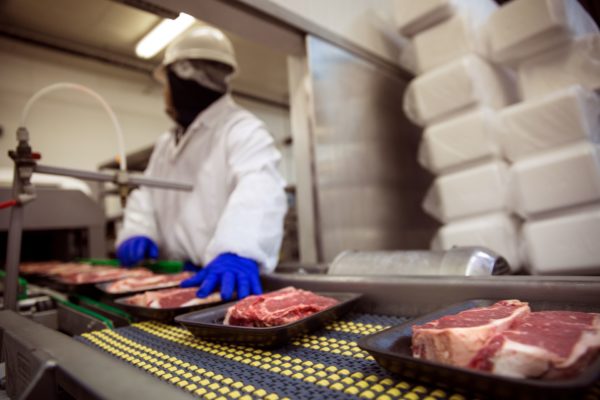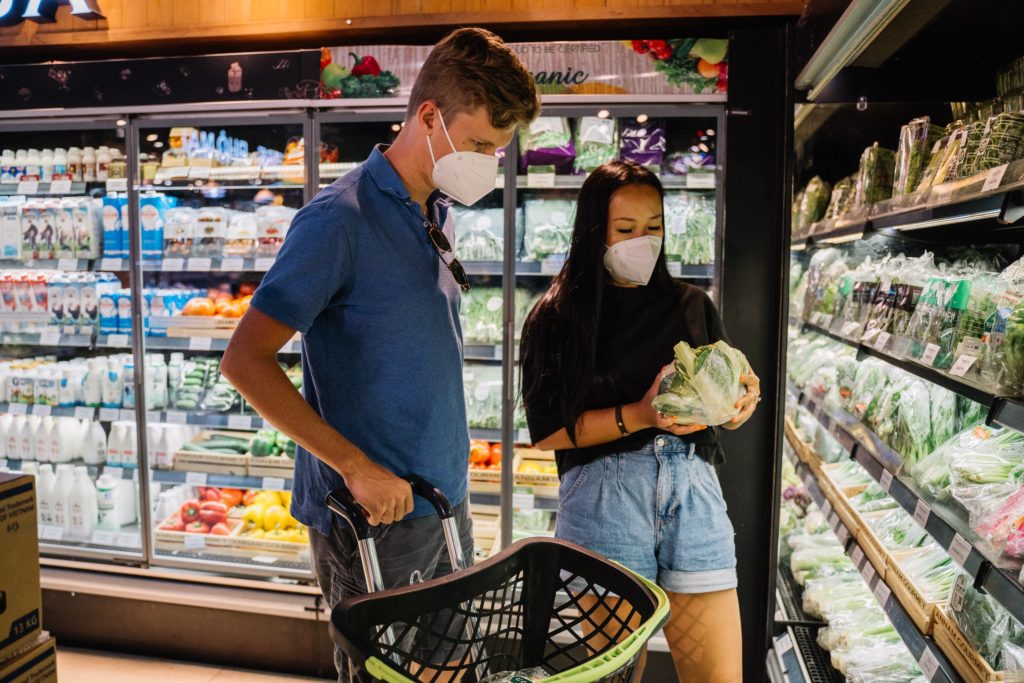Canada enjoys one of the safest food systems in the world. The security comes from vigilance at all levels of the food industry, one which attempts to track and secure products and ingredients from picking to processing to consumption.
When a foodborne illness is detected, this system goes to work to ensure it doesn’t spread. Determining the culprit behind an outbreak requires connecting genetic fingerprints, and this is a challenge. It takes a lot of technical expertise and procedures to prevent foodborne illnesses – here’s what goes into product tracking!
Food Traceability And The CFIA
 Food traceability is essential for preventing foodborne illnesses. Tracing is the act of following a food product’s movement and its ingredients through all steps in the supply chain to pinpoint what caused contamination. These days, it’s a lot easier to do because most tools that record, track, and verify a product’s history are available to the producers and processors themselves!
Food traceability is essential for preventing foodborne illnesses. Tracing is the act of following a food product’s movement and its ingredients through all steps in the supply chain to pinpoint what caused contamination. These days, it’s a lot easier to do because most tools that record, track, and verify a product’s history are available to the producers and processors themselves!
Food traceability systems will allow you to track batches with their batch numbers. If products do become contaminated, a facility can provide information to help investigators locate the affected items and remove them from circulation. Having one up and running will control problems and make product recalls easy.
The Canada Food Inspection Agency (CFIA) uses traceability information to follow food products backward through the distribution and production systems. It helps them determine where a problem occurred and all the food products or ingredients that could be the cause. However, most tracking procedures rely on information provided by local public health experts and laboratories, as well as provincial and territorial public health ministries and authorities.
Surveilling Outbreaks: CNDSS And NESP
 Knowing the source of contamination means collecting and analyzing information related to the product and its distribution. It helps CFIA investigators piece together the product’s source if it expired, and the site where the contamination took place.
Knowing the source of contamination means collecting and analyzing information related to the product and its distribution. It helps CFIA investigators piece together the product’s source if it expired, and the site where the contamination took place.
Canada uses data from different surveillance systems to track down the source. Two of the most important organizations are the Canadian Notifiable Disease Surveillance System (CNDSS) and the National Enteric Surveillance Program (NESP):
- The CNDSS collects annual numbers of laboratory-confirmed illnesses reported to provincial and territorial public health authorities for a set of diseases.
- The NESP compiles weekly numbers on select subtypes and species of bacteria, parasites and viruses from provincial laboratories.
Lab experts test bacteria from people who got sick to uncover if the bacterial sample is the same as what’s causing illness in other parts of Canada. The lab experts then compare the results taken from the contaminated foods to the bacteria from people who got sick to see if they match.
Once investigators can trace potentially harmful food back to a production or processing facility or an importer, CFIA inspectors immediately visit the site to inspect processing or production practices, equipment, conditions and production and distribution records. It’s a food facility’s responsibility to make sure the paperwork is up to date!
Meeting Traceability Requirements
The traceability requirements under the Safe Food for Canadians Regulations apply to most food businesses. Traceability documents must identify the food, the name and address of the person who manufactured, prepared, produced, stored, packaged or labeled the food, and a lot code or other identifier. They must also trace the food one step back to the person who provided the food, including the date on which the food was provided, as well as one step forward to include the person to whom the food was provided and the date on which it was provided.
In the event of an outbreak or contamination event, efficient product tracing helps agencies and those who produce and sell food to find where contamination may have occurred as quickly as possible. Companies need to have their internal processes up-to-date so that, if inspections do touch their products, they can help investigators find the source of the illness!
